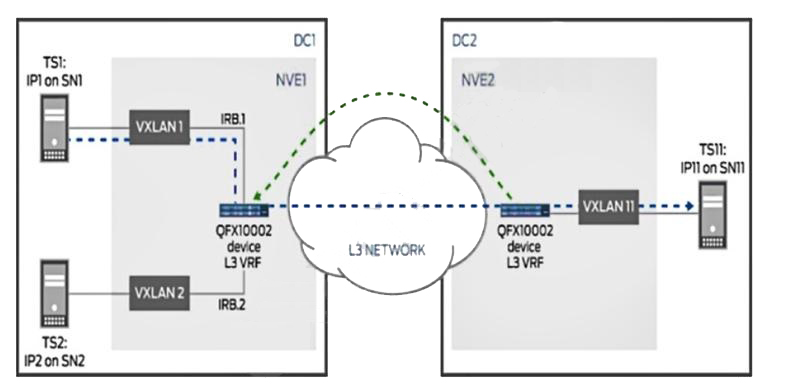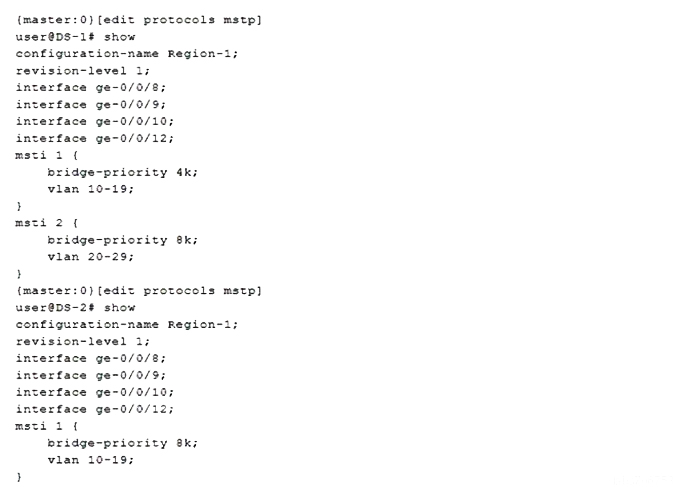At ValidExamDumps, we consistently monitor updates to the Juniper JN0-649 exam questions by Juniper. Whenever our team identifies changes in the exam questions,exam objectives, exam focus areas or in exam requirements, We immediately update our exam questions for both PDF and online practice exams. This commitment ensures our customers always have access to the most current and accurate questions. By preparing with these actual questions, our customers can successfully pass the Juniper Enterprise Routing and Switching, Professional exam on their first attempt without needing additional materials or study guides.
Other certification materials providers often include outdated or removed questions by Juniper in their Juniper JN0-649 exam. These outdated questions lead to customers failing their Juniper Enterprise Routing and Switching, Professional exam. In contrast, we ensure our questions bank includes only precise and up-to-date questions, guaranteeing their presence in your actual exam. Our main priority is your success in the Juniper JN0-649 exam, not profiting from selling obsolete exam questions in PDF or Online Practice Test.
Which three statements are correct about EVPN route types? (Choose three.)
Cisco explains it better: The EVPN control plane advertises the following types of information:
Route type 1 -- This is an Ethernet Auto-Discovery (EAD) route type used to advertise Ethernet segment identifier, Ethernet Tag ID, and EVPN instance information. EAD route advertisements may be sent for each EVPN instance or for each Ethernet segment.
Route type 2 -- This advertises endpoint reachability information, including MAC and IP addresses of the endpoints or VTEPs.
Route type 3 -- This performs multicast router advertisement, announcing the capability and intention to use ingress replication for specific VNIs.
Route type 4 -- This is an Ethernet Segment route used to advertise the Ethernet segment identifier, IP address length, and the originating router's IP address.
Route type 5 -- This is an IP prefix route used to advertise internal IP subnet and externally learned routes to a VXLAN network.
The connection between DC1 and DC2 is routed as shown in the exhibit.
In this scenario, which statement is correct?

You are troubleshooting a BGP connection.
Referring to the exhibit, which two statements are correct? (Choose two.)

Referring to the exhibit, which two statements are correct? (Choose two.)

Bridge priority is to determine which bridge becomes the designated bridge.